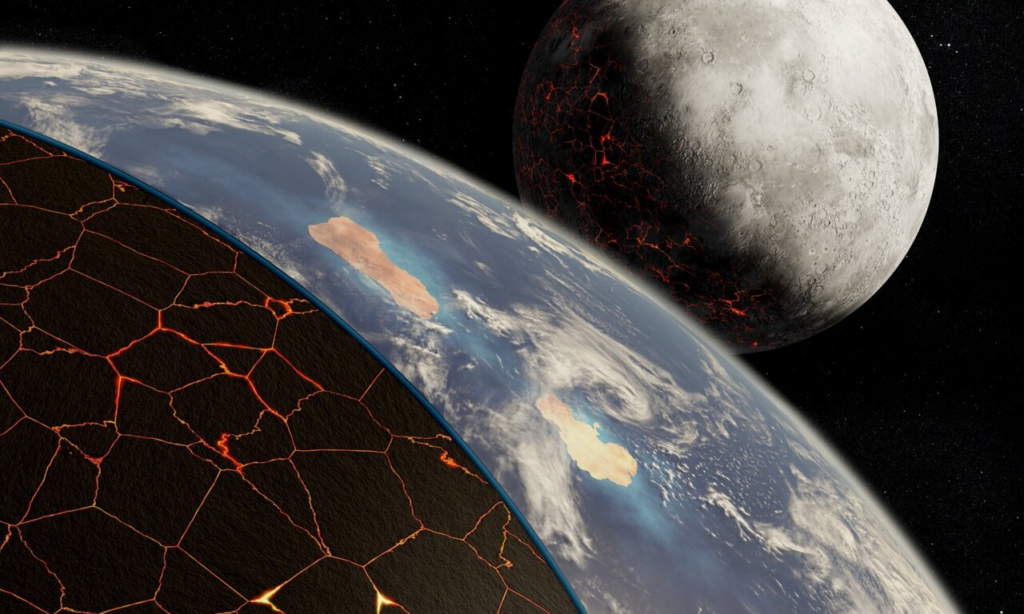Plate tectonics, the movement and interaction of massive plates on Earth, shapes the world and creates life-sustaining geological features. It releases heat from Earth’s interior, forming continents and other essential components. Plate tectonics during Earth’s early years were unknown.
Researchers have shown plate tectonics billions of years ago by studying zircons, microscopic mineral crystals. Mobile plate tectonics, required for habitability, was not present on Earth 3.9 billion years ago. Earth’s sluggish lid regime released heat.
We detected no plate tectonics when life began and for hundreds of millions of years following. “Our data suggests that exoplanets that harbor life do not necessarily need plate tectonics,” says University of Rochester professor John Tarduno.

Tarduno, the William R. Kenan, Jr. Professor, led a Nature study on 3.9 billion-year-old plate tectonics. Researchers from top US, Canadian, Japanese, South African, and UK universities participated in this innovative US National Science Foundation-funded study.
Plate tectonics didn’t exist when Earth’s life began.
Researchers can track Earth’s magnetic field evolution by dating zircons, small crystals with magnetic particles that preserve Earth’s magnetization at the moment of their creation. The intensity and direction of Earth’s magnetic field change with latitude, hence zircons’ magnetic characteristics reveal their respective latitudes.
Tarduno and his team observed that South African zircons showed a steady magnetic field intensity between 3.9 and 3.4 billion years ago, contrary to predictions. Earth’s latitudes were stable at this time. Tarduno thinks that this lack of latitude fluctuation shows that plate tectonic processes were not occurring and that alternate mechanisms were dispersing heat from Earth.
Western Australian zircons showed the same patterns, corroborating their conclusions. Stagnant lid tectonics disputes the idea that plate tectonics releases Earth’s heat. Stagnant lid tectonics cracks Earth’s outer layer to release heat and build continents, but less effectively than plate tectonics.
Earth is the only planet with plate tectonics, whereas Venus has static lid tectonics. The study suggests that plate tectonics may not be necessary for life on a habitable planet.
In the long term, plate tectonics removes heat, generates the magnetic field, and keeps our world livable. “But, in the beginning, and a billion years after, our data indicates that we didn’t need plate tectonics,” Tarduno explains.
